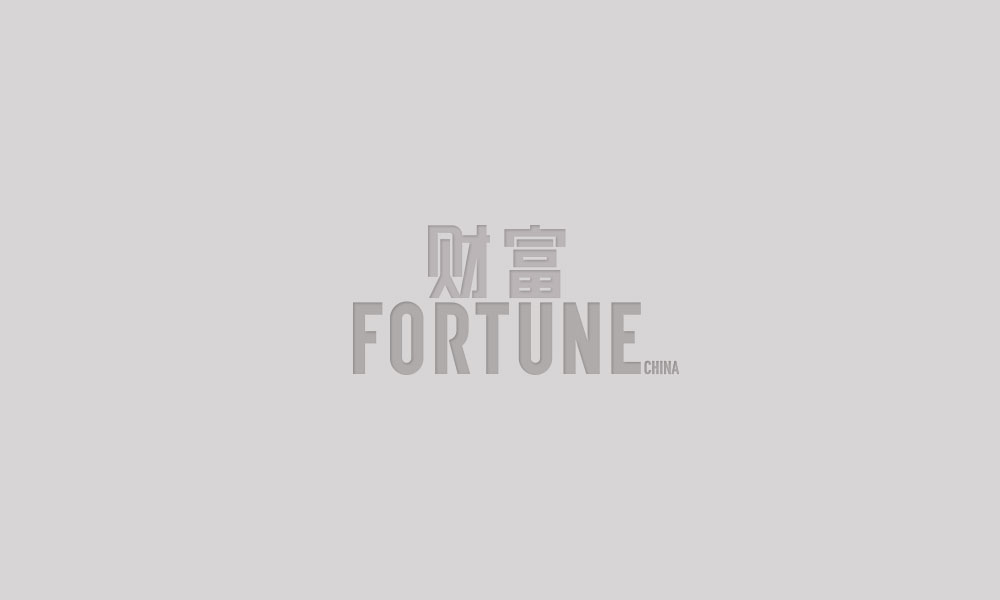越限購越漲,投資者看好中國樓市

|
8月份,中國房價(jià)暴漲,,創(chuàng)下歷史記錄,,這意味著越來越多城市針對市場過熱所實(shí)施的限購措施,并沒有產(chǎn)生顯著的效果,。 今年,,在政府刺激措施造成的恐慌推動(dòng)下,中國房地產(chǎn)交易量價(jià)齊漲,,極大推動(dòng)了世界第二大經(jīng)濟(jì)體的發(fā)展,,遠(yuǎn)遠(yuǎn)超出了外界預(yù)期,但大城市令人吃驚的房價(jià)上漲速度,,也引發(fā)了對市場過熱的擔(dān)憂,。 路透社根據(jù)中國國家統(tǒng)計(jì)局周一公布的數(shù)據(jù)計(jì)算得出,上個(gè)月,,中國70個(gè)大城市的平均新房價(jià)格年比上漲了9.2%,,相比7月份7.9%的年比漲幅,房價(jià)上漲速度明顯加快,。 國家統(tǒng)計(jì)局的數(shù)據(jù)顯示,,其統(tǒng)計(jì)的70個(gè)大中城市中,房價(jià)年比上漲的有64個(gè),,在7月份為51個(gè),。 二三線城市房價(jià)也在以令人恐慌的速度上漲,關(guān)于更多城市將執(zhí)行更嚴(yán)格限購措施以抑制房地產(chǎn)市場過熱的傳言在不斷升溫,。 沿海城市廈門的房價(jià)漲幅,,超過了一直以來領(lǐng)跑全國的深圳,房價(jià)年比上漲43.8%,,遠(yuǎn)高于7月份39.2%的漲幅,。 調(diào)查顯示,在房價(jià)漲幅排行榜中,,內(nèi)陸城市合肥位居第二位,,八月份房價(jià)年比上漲40.3%,而7月份漲幅為33.8%,。 隨著購房熱潮從一線城市向其他城市蔓延,,越來越多較發(fā)達(dá)的二三線城市,,如廈門、南京和武漢等,,均推出了限購措施,,希望減少投機(jī),給樓市降溫,。 杭州市的住房部門在周日宣布,從9月19日起實(shí)施住房限購措施,。非本地戶籍居民家庭和在某些地區(qū)已擁有一套或多套住房的家庭,,不能購買新房或二手房。 而南方新興城市深圳的房價(jià)年比上漲36.8%,,相比7月份40.9%的漲幅有所放緩,。上海和北京的房價(jià)年比分別上漲了31.2%和23.5%,7月份分別為27.3%和20.7%,,增長速度均有所加快,。而上海與北京的環(huán)比房價(jià)漲幅分別從7月份的1.2%和1.5%,提高到了3.6%和3.5%,。 深圳,、上海等一線城市均加強(qiáng)了二套房首付要求,并提高了對非戶籍居民購房的資格限制,。 盡管出現(xiàn)了市場進(jìn)一步復(fù)蘇的跡象,,但許多小城市依舊有大量待售房屋庫存。比如,,八月份,,老工業(yè)城市丹東的房價(jià)下跌了2.1%,而在7月份的跌幅為2.4%,。 官方數(shù)據(jù)顯示,,八月份,住房抵押貸款依舊是中國貸款增長的主要推動(dòng)力,,占到銀行貸款的70%以上,。過去幾個(gè)月,住房貸款的迅速增長,,成為引發(fā)分析師擔(dān)憂的主要原因,。 中國房地產(chǎn)投資年比增速,從4月份其有所放緩,,但在8月份出現(xiàn)回升,,這意味著投資者依舊對繁榮的房地產(chǎn)市場持樂觀態(tài)度。(財(cái)富中文網(wǎng)) 譯者:劉進(jìn)龍/汪皓 |
China’s home prices rose at a faster pace in August, suggesting that tightening measures imposed by a growing number of cities on overheated markets have yet to show significant effects. A robust recovery in home prices and sales, thanks to a flurry of government stimulus measures, gave a stronger-than-expected boost to the world’s second largest economy this year, but eye-popping home price rises in bigger cities have raised fears of overheating. Average new home prices in 70 major cities climbed 9.2% last month from a year ago, accelerating from July’s 7.9% rise, according to Reuters calculations based on data from the National Statistics Bureau (NBS) on Monday. The NBS data showed 64 of 70 major cities tracked by the NBS saw year-on-year price gains, up from 51 in July. Prices in second- and third-tier cities are rising at an alarmingly sharp rate, and speculation was rising that more cities would impose more stringent controls to discourage overeating. The coastal city of Xiamen outperformed long-time top performer Shenzhen and had the sharpest price spike, with prices surging 43.8% from a year earlier, faster than the 39.2% rise in July. The inland city of Hefei was the second-fastest growing market according to the survey, with prices rising an annual 40.3% in August, versus a 33.8% gain in July. With the buying frenzy spilling over from first-tier cities to other parts of the country, more affluent second- and third-tier cities such as Xiamen, Nanjing and Wuhan have stepped up restrictive measures, hoping to deter speculators and cool prices. Housing authorities from the eastern city of Hangzhou announced on Sunday that it will begin to restrict home purchases as of Sept. 19. Families who are not registered as residents and already own one or more houses in certain districts cannot purchase another home, either new or pre-owned. Prices in the southern boomtown Shenzhen rose 36.8% from a year ago, slowing from 40.9% in July. Shanghai and Beijing prices rose 31.2% and 23.5% on-year, quickening from 27.3% and 20.7% in July. Month-on-month gains rose to 3.6% and 3.5% from 1.2% and 1.5% in July. First-tier cities such as Shenzhen and Shanghai have tightened downpayment requirements for second homes and raised the eligibility bar for non-residents to purchase properties. Despite signs of a broadening recovery, many small cities still have a large glut of unsold homes. Prices in the rustbelt city Dandong recorded the biggest fall at 2.1%, compared with 2.4% in July. Official data showed that mortgage loans remained the major driver of China’s overall loan growth, accounting for more than 70% of bank loans in August. The rapid rise in property loans over the past few months has been a notable cause of concern among analysts. Investment growth in Chinese real estate picked up in August on a yearly basis following a gradual decline since April, suggesting that investors are still optimistic of a booming property market. |













